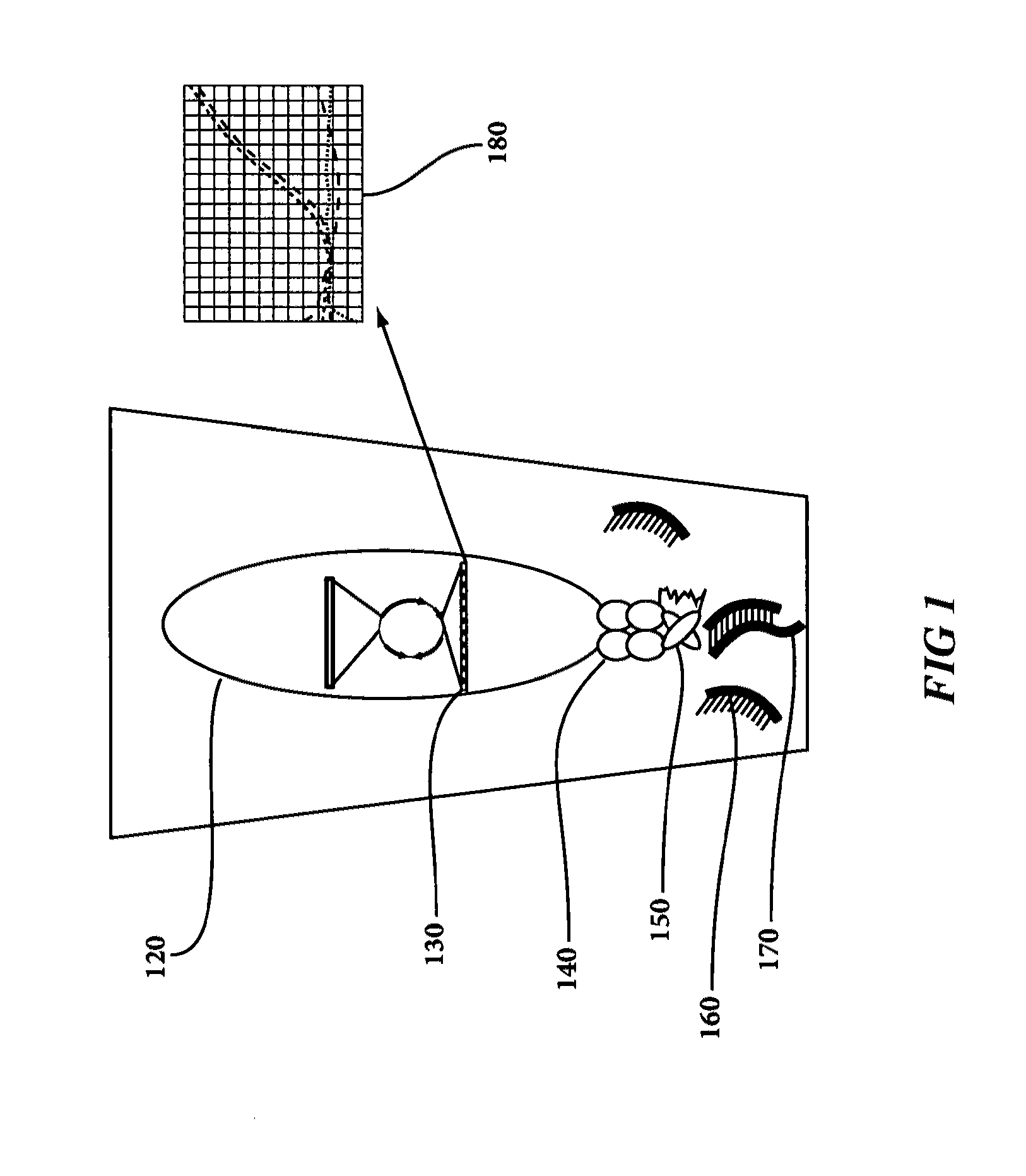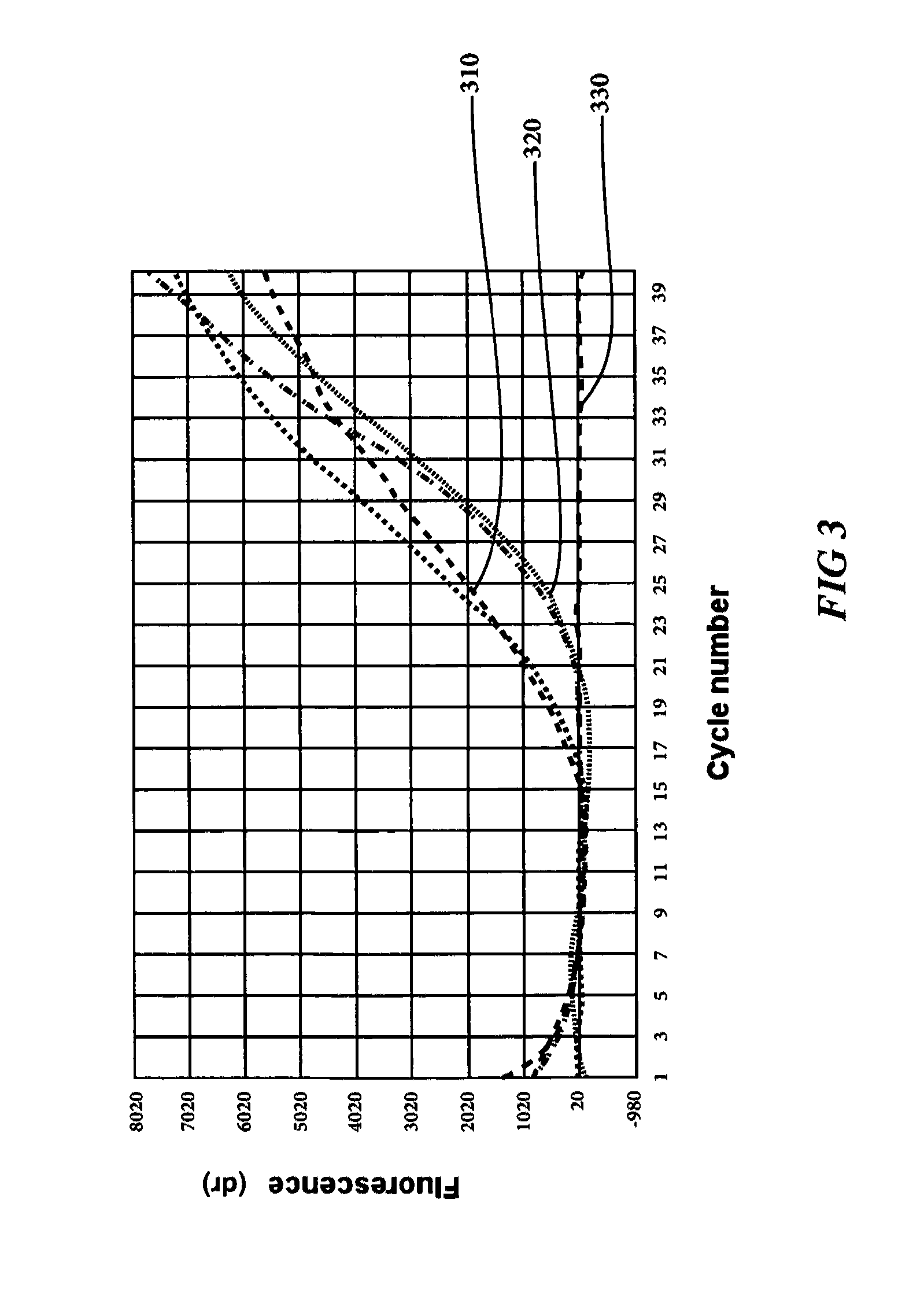Particulate labels
a technology of particle labels and labels, applied in the field of chemical analysis, can solve the problems of lack of sensitivity, pcr, however, offers enormous sensitivity, and many of the related assays are limited to nucleic acids detection, so as to achieve enhanced sensitivity and convenience of use.
- Summary
- Abstract
- Description
- Claims
- Application Information
AI Technical Summary
Benefits of technology
Problems solved by technology
Method used
Image
Examples
example 1
Demonstrating the Utility of an Engineered Immuno-Phage Particle for the Ultrasensitive Detection of Micro RNA in Blood Serum
[0151]Micro RNAs, or miRNAs—a species of small non-coding RNA—are emerging as widely-important agents of post-transcriptional regulation of coding genes through mRNA decay and / or translational repression. The role of miRNAs in human disease is just being understood. Micro RNA networks have been proposed to represent one of the ‘hidden layers’ of regulation that integrates the transcriptome (the complete set of RNAs) of a cell with its proteome (the complete set of proteins). Micro RNA binds to the 3′UTR of a target mRNA through a 7 bp seed region on the 5′ end (base pairs 2-8), sequesters the target mRNA in the RISC(RNA Induced Silencing Complex) and mediates post-transcriptional gene silencing through deadenylation-mediated mRNA decay and / or translational suppression by mechanisms not yet fully elucidated. At the current time miRNAs have been associated with ...
example 2
Detection of RNA:DNA Hybrid Molecules in Blood Serum without Pre-Purification
[0157]In one example, immuno-phage particles are used to detect micro RNAs in bovine serum spiked with various amounts of a synthetic specific micro RNA sequence. Magnetic beads coated with capture oligonucleotides are suspended directly in the serum sample, or various dilutions of a serum sample. In one approach, we keep the beads and the sample in suspension for 30 min to allow hybridization of any micro RNA to the capture DNA on the bead. In another approach we briefly heat the serum sample to 95° C., followed by centrifugation to remove any protein precipitate formed during the heating step. The DNA beads are then suspended in the supernatant as in the first approach. In both cases, defined numbers of immuno-phage particles are added to the bead suspension, and incubated for a short time, before a permanent magnet is used to collect the magnetic particles on the bottom of the reaction tube. The phage su...
example 3
Detection of Specific Micro RNAs in Archived Chronic Lymphocytic Lymphoma (CLL) Samples
[0158]In one example, the technology is used for the detection of prognostic and diagnostic micro RNA markers for B-cell chronic lymphocytic leukemia. It is estimated that in the U.S. alone 1,437,000 new cancer cases (745,000 male and 692,000 female) occurred in 2008, including 15,000 cases of chronic lymphocytic leukemia. B-cell chronic lymphocytic leukemia (B-CLL) is the most common leukemia in the western world, but little is known regarding its initiation and progression. Patients with B-CLL follow a heterogeneous clinical course. Recently, micro RNA has emerged as an important tool for the diagnosis and prognosis of CLL.
[0159]New findings support the view that CLL is a genetic disease where the main alterations occur at the level of transcriptional / post-transcriptional regulation of the malignant cell's genome because of deregulations of micro RNAs. Specifically, miR-15a and miR-16-1, located...
PUM
| Property | Measurement | Unit |
|---|---|---|
| Fraction | aaaaa | aaaaa |
| Length | aaaaa | aaaaa |
| Force | aaaaa | aaaaa |
Abstract
Description
Claims
Application Information
 Login to View More
Login to View More - R&D
- Intellectual Property
- Life Sciences
- Materials
- Tech Scout
- Unparalleled Data Quality
- Higher Quality Content
- 60% Fewer Hallucinations
Browse by: Latest US Patents, China's latest patents, Technical Efficacy Thesaurus, Application Domain, Technology Topic, Popular Technical Reports.
© 2025 PatSnap. All rights reserved.Legal|Privacy policy|Modern Slavery Act Transparency Statement|Sitemap|About US| Contact US: help@patsnap.com



